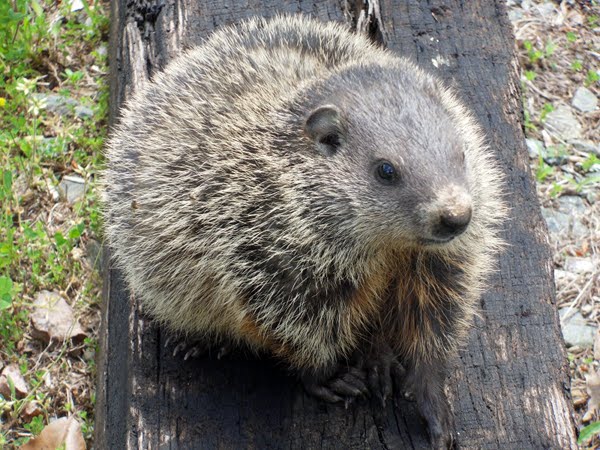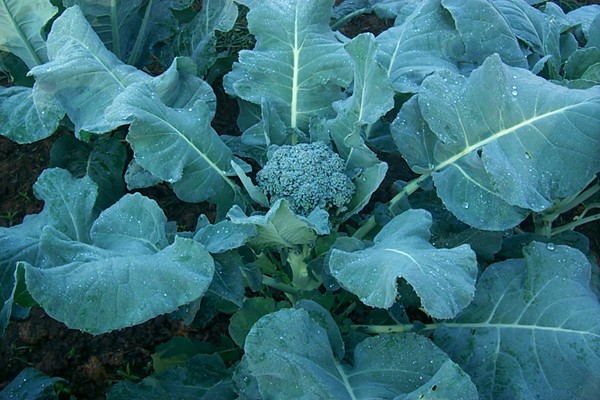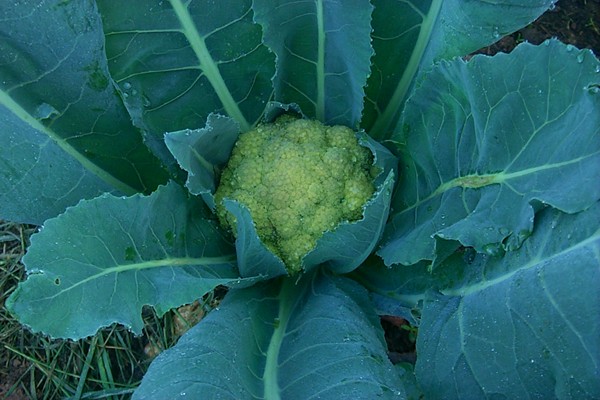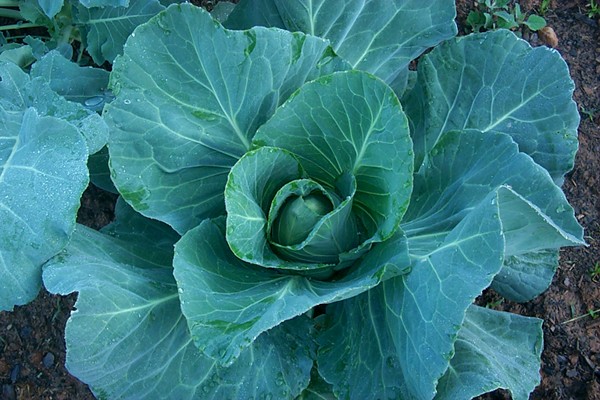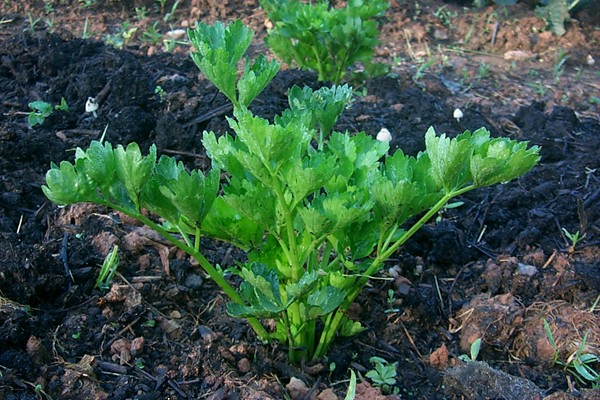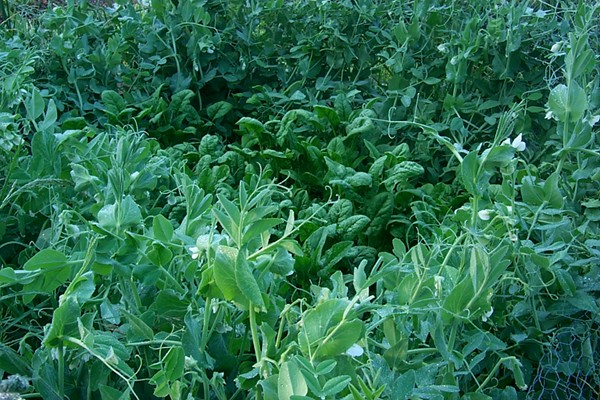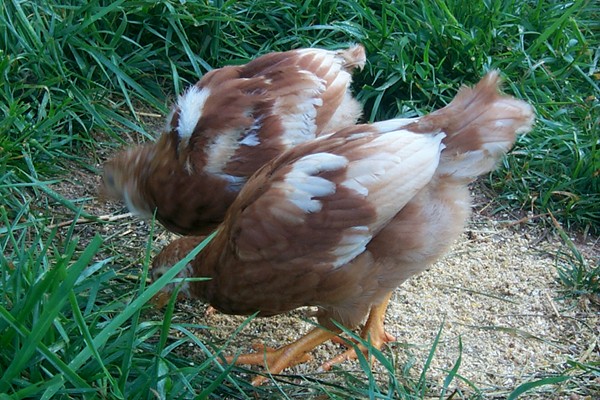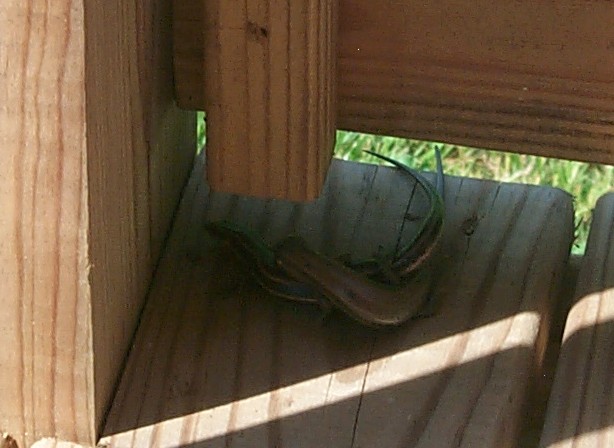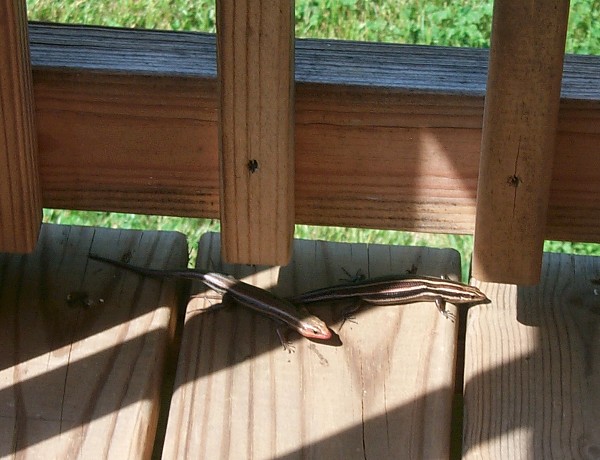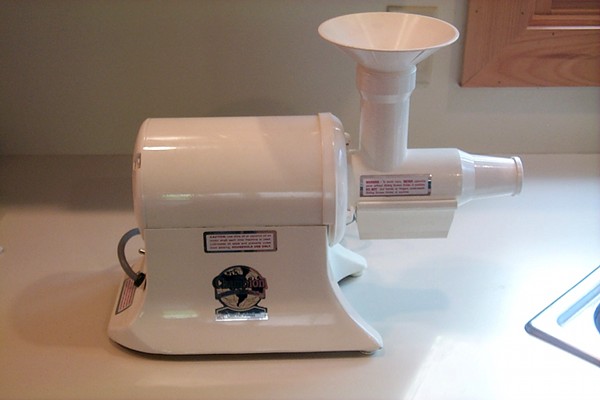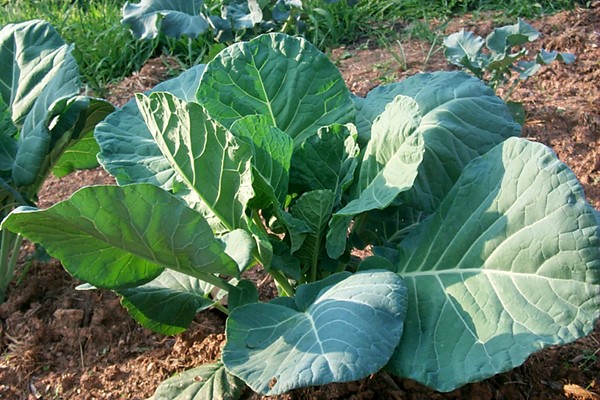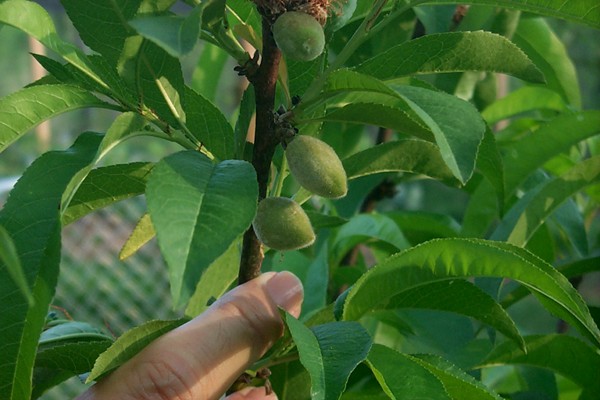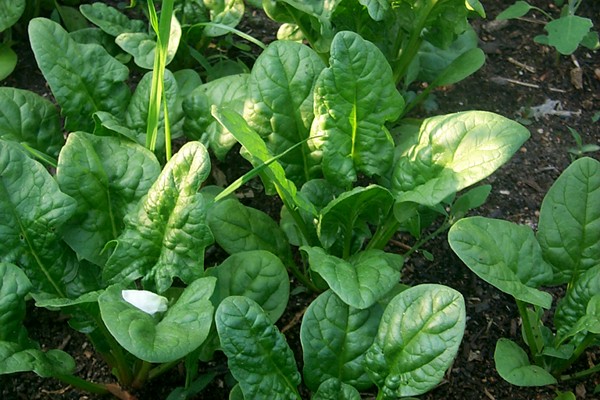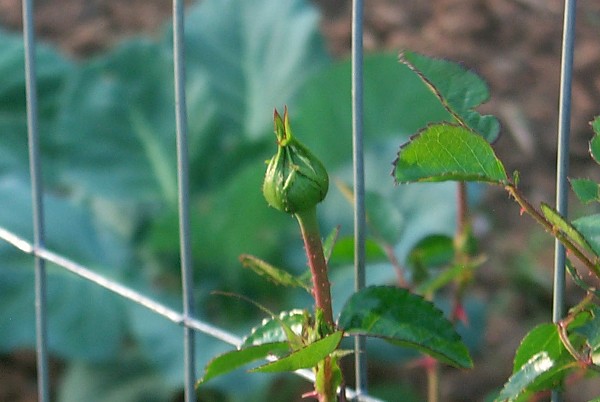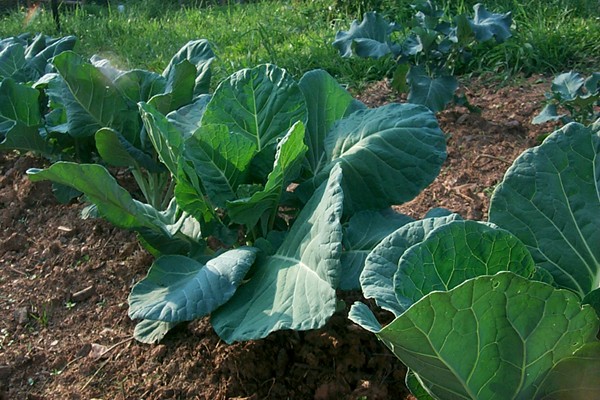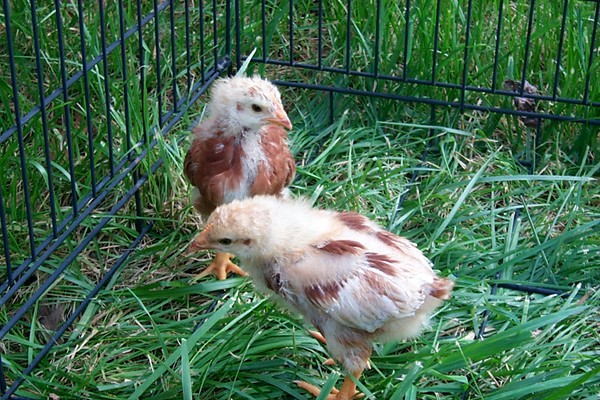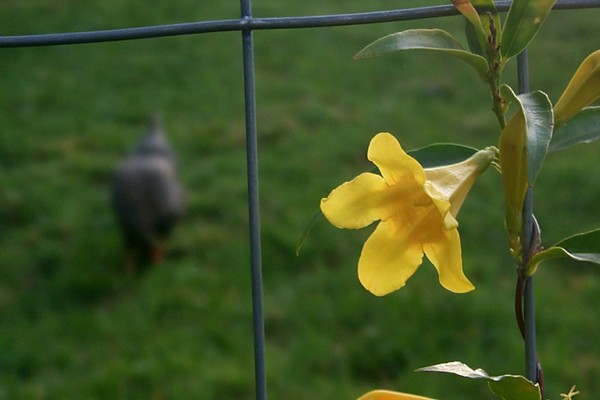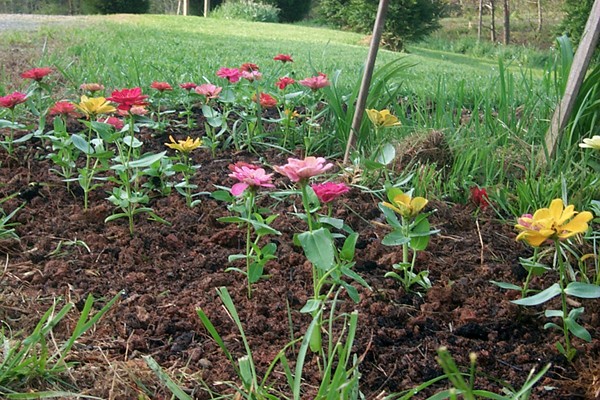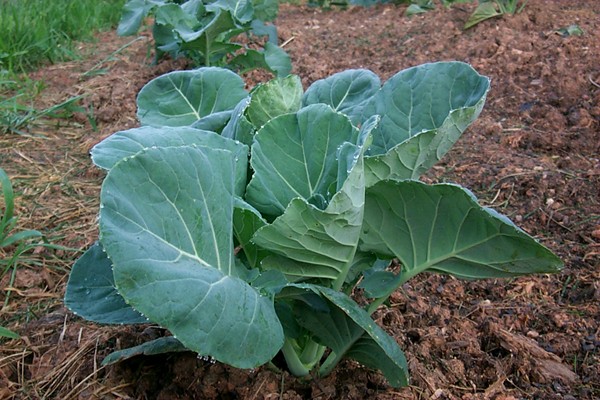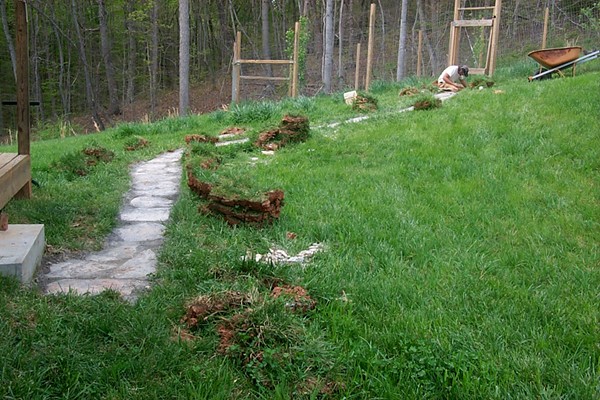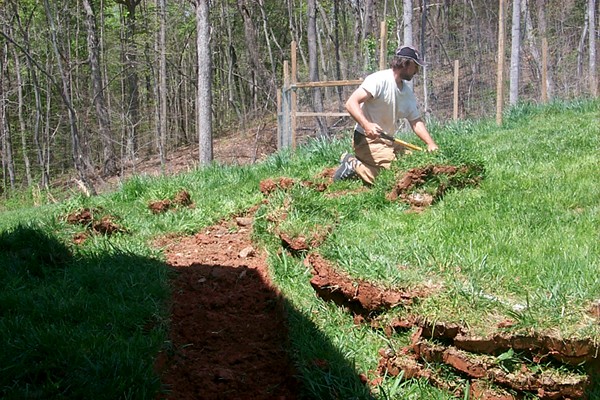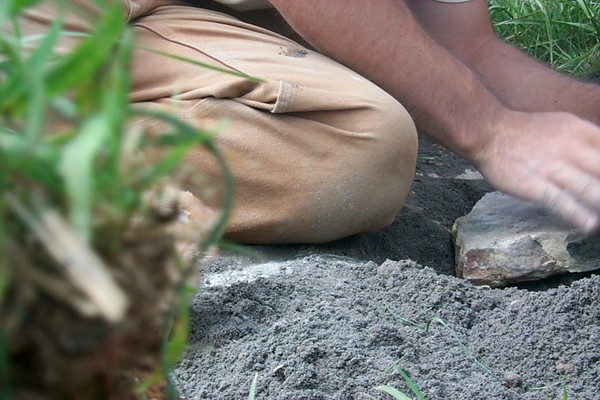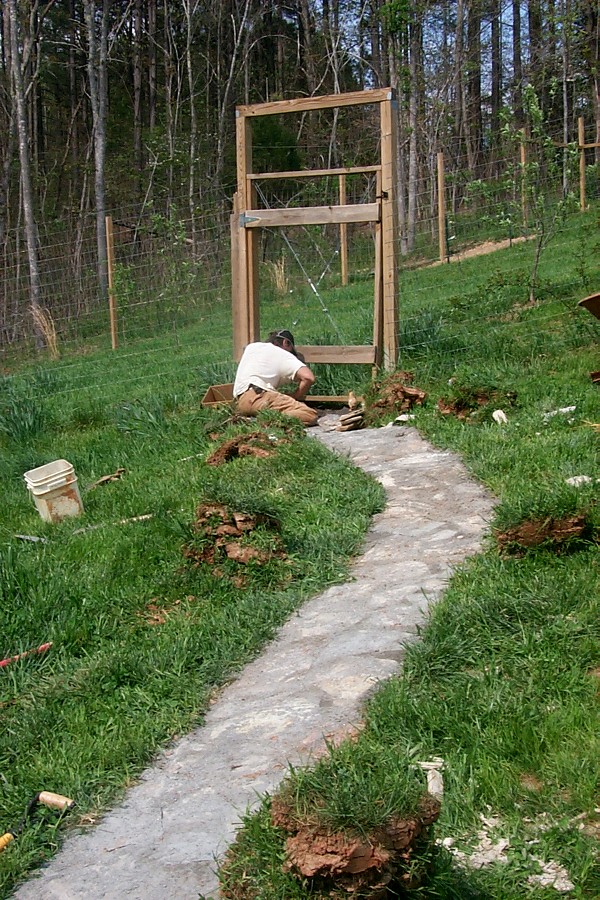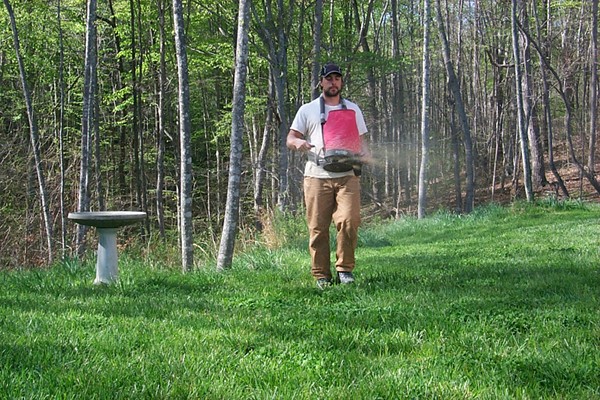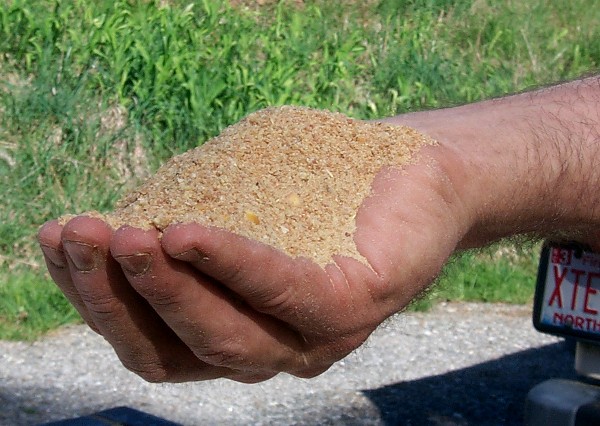It’s awfully nice to go to the garden to shop for supper rather than to the grocery store. As the garden’s production starts to ramp up, this will happen (I hope) more and more often. This broccoli and spinach went, all raw, into a salad dowsed with homemade Russian dressing. I picked the spinach and broccoli about 5 p.m. when it was still warm out, so I went straight to the kitchen, washed everything in cold water, and dunked it in a sink filled with icewater to chill. You can’t be too careful with that kind of freshness.
Baby groundhogs
The groundhog population at the abbey has grown by at least two. We’ve seen them several times, not behind the house and garden where Mr. Groundhog usually appears, but in front of the house along the road, as though they’re living in the rabbit patch. Ken took several photos of the two baby groundhogs, as well as a video.
Ken’s blog is here, and this is a permalink to the groundhog post. Ken also has posted some nice photos of spring growth at the abbey.
Garden report
A run of cool weather has slowed down everything in the garden but the early crops — the cabbage family, peas, spinach and celery. We’ve been eating peas for a week, and we harvested the first broccoli three days ago. We’ll probably eat all the spinach in the next week.
Celery is a slow grower, but it’s doing remarkably well. It’s said to be hard to grow. I planted it as an experiment. I’m pretty sure it’s going to produce real celery, much greener than the usually pale celery in the grocery stores around here.
Porch lizards, in flagrante delicto
I don’t know what species they are. I just call them porch lizards, because for some reason there are gazillions of them on my deck and porches. This morning I caught two of them in flagrante delicto, making yet more porch lizards for me to catch someday in flagrante delicto, and so on, ad infinitum.
Update: A reader, Randy from Matthews, North Carolina, writes with an identification on the porch lizards: “Your porch lizards are called Five Lined Skinks (Eumeces fasciatus). Sometimes their tails are brilliant, metallic blue.”
Indeed, yes, sometimes their tails are an astonishing metallic blue.
A Champion juicer
Today in a country junk shop in Yadkin County, I came across a Champion juicer for $50. That’s a much better price than one can get on eBay. New, Champion juicers sell for over $200. This one is the current model (G5-NG-853-S) and is in excellent condition.
I’ve thought about buying a Champion juicer for a long time, but the price put me off. Not only are they useful, but they’re also a classic piece of engineering. Replacement parts and accessories are available on the Champion web site for a surprisingly reasonable price. They have a grain mill attachment for less than $75. I’ve wanted a grain mill anyway, and that would get double duty out of that beautiful motor.
Garden update
Chicken report
Garden report
The garden path
Ken finished a project yesterday that had been needed for a long time. He made a garden path from the side porch to the garden gate, using stones from a local quarry and granite sand as the base.

Ken kept an eye on the baby chickens while he worked.

Not that they had any interest in running away.

The hens, always nosy, want to know what this highway is that’s appeared at their back door.
Going all organic
Originally, my plan for Acorn Abbey was to have an all-organic garden but to use chemical fertilizers for the lawn. I have changed my mind. All organic is the way to go.
Reading more books about organic gardening, and Googling for more information on earthworms, is what convinced me to go all organic. Previously my reasoning was that there wasn’t much downside to using chemical fertilizers on the grass as long as I didn’t use any herbicides or pesticides. But more reading has convinced me that it’s all about earthworms. Chemical fertilizers are just plain bad for the biology of the soil. Regular use of chemical fertilizers causes organic matter in the soil to be burned up. This starves the earthworms. Actually it’s a double whammy for the earthworms, because not only is their food source burned away, the chemicals also are toxic to the worms.
I learned that the benefits provided by earthworms go far beyond their ability to digest organic matter in the soil and convert the organic matter to forms more suitable for plants to use. Earthworms also dig burrows (largely vertical, and much deeper than I can till) in the soil. These burrows “till” the soil and provide channels that improve the ability of soil to deeply absorb rainwater. Plant roots also tend to follow the burrows downward, so plants can root more deeply in soil that has been tilled by earthworms.
That seals the deal for me — deep tilling and better absorption of rainwater. Earthworms help soil catch more water, channel the water deeper, and improve plants’ access to water, not to mention plants’ drought resistance.
Soybean meal is said to be the equivalent of a 7-2-1 fertilizer. That’s more nitrogen than the 5-4-3 fertilizer based on chicken manure that I’ve been using in the garden. The 7-2-1 fertilizer alone is probably fine for the grass. For the garden I’ll probably start concocting my own organic fertilizer with soybean meal, lime, and an organic phosphate source.
Soybean meal is also easy to get. I have to drive 60 miles each way to get commercial organic fertilizers in 50 pounds bags. But the local mill in Walnut Cove always has soybean meal. The price is about the same as the 5-4-3 organic fertilizer.
I think this is particularly important in my orchard, where the earthworms will help get nutrients to the roots of the fruit trees.
Today Ken spread 500 pounds of soybean meal everywhere — grass, orchard, garden and wildflower patches. From this day forward, Acorn Abbey is all organic.



